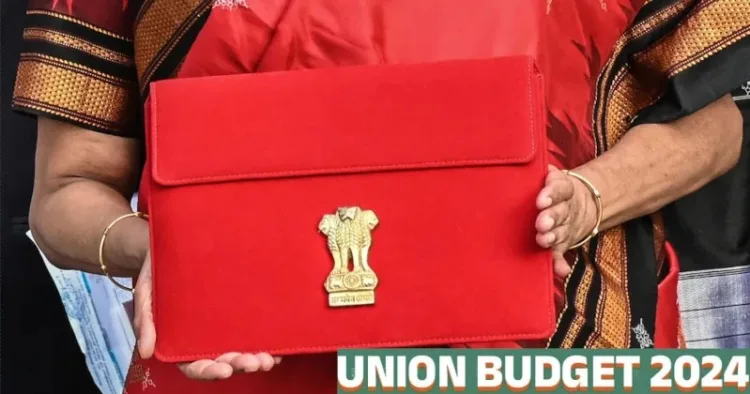Every year, the Union and State Governments in India present their budgets, outlining their financial plans for the upcoming year. These budgets provide detailed statements about Government expenditures, shedding light on the economic priorities and policies. To make this information more accessible, let’s break down the budget into its fundamental components and understand how it impacts us.
Sources of Government Income
The Government, also known as receipts, can be broadly classified into revenue and capital receipts.
1. Revenue Receipts
Revenue receipts are the Government’s regular income. The Government does not create any liability or lead to the reduction of assets. These receipts are primarily derived from taxes and non-tax revenues.
Tax Revenue
- Income Tax: This is a direct tax levied on the income of individuals and businesses.
- Goods and Services Tax (GST): An indirect tax applied to the supply of goods and services.
- Value Added Tax (VAT): A tax levied on the value added to a product at each stage of its production or distribution.
- Excise Duty: A tax imposed on manufacturing goods within the country.
- Customs Duty: A tax on imports and exports.
- Cess: A tax collected for specific purposes, such as education or health.
Non-Tax Revenue
- Interest: Earnings from loans given by the Government, public sector enterprises, and others.
- Dividends and Profits: Income from Government investments in public sector enterprises.
- Fees: Income from various services provided by the Government
- Penalties: Income from fines and penalties imposed by the Government.
- Receipts: Capital receipts are funds raised by the Government borrowing or selling its assets. These receipts either create a liability or reduce the assets of the Government.
- Government wings: Internal Borrowings are loans from within the country, such as from the Reserve Bank of India (RBI) or commercial banks.
- External Borrowings: Loans from foreign Governments or international organisations like the World Bank and the International Monetary Fund (IMF).
- Disinvestment: The process of selling Government stakes in public sector enterprises.
Recovery of Loans: Money received back from loans previously given by the Government in the Kerala budget for 2020-21:
- Revenue receipts: Rs 1.14 lakh crore
- Capital receipts: Rs 29,500 crore
- Recovery of loans: Rs 284 crore
- Borrowings: Rs 29,241 crore
How does the Government get money?
The Government is categorised into two main types: revenue and capital.
1. Revenue Expenditure
Revenue expenditures involve the routine expenses required for the Government’s day-to-day operations. Government expenses do not create assets or reduce liabilities.
- Salaries: Payments to Government employees.
- Pensions: Payments to retired Government employees.
- Interest Payments: Payments made on the Government’s borrowings
- Subsidies: Financial support to lower the cost of goods and services for citizens.
- Freebies: Items or services provided at no cost, such as free electricity or water
2. Capital Expenditure
Capital expenditure involves spending on projects that create assets or reduce liabilities. These expenses are aimed at long-term benefits and infrastructure development.
- Infrastructure Projects: Construction of highways, roads, flyovers, and bridges.
- Transportation Projects: Development of metro systems and railways.
- Public Facilities: Building schools, hospitals, and other essential services.
- Defence: Procurement of equipment and technology for the armed forces.
Understanding Budget Priorities
Examining the budget reveals the Government’s policies. The allocation of funds reflects whether the focus is on immediate relief (revenue expenditure) or long-term growth and development (capital expenditure).
Revenue Expenditures provide immediate benefits but do not contribute to asset creation. These include salaries, pensions, subsidies, and interest payments.
Capital Expenditure: This leads to the creation of assets and has the potential to generate economic growth. This includes spending on infrastructure, education, and healthcare.
Money spent on capital expenditure often yields significant returns over time, driving economic growth.
Money spent on revenue expenditure provides immediate relief but does not contribute to long-term asset creation.
Visualising how money flows between citizens and the Government helps understand the budget’s impact. Taxes and other forms of payments from citizens contribute to the state’s revenue, which is then allocated to various public services and infrastructure projects. Ideally, investments in capital expenditure should return multiple times in value through economic growth, while revenue expenditure ensures the immediate functioning and welfare of society.
By understanding these fundamental concepts, citizens can better appreciate the intricacies of Government budgets. The funds collected through taxes and other means are spent in ways that benefit the public, either through immediate services or long-term infrastructure development. This knowledge empowers individuals to engage more meaningfully with budget discussions and understand the financial decisions that shape their lives.



















Comments